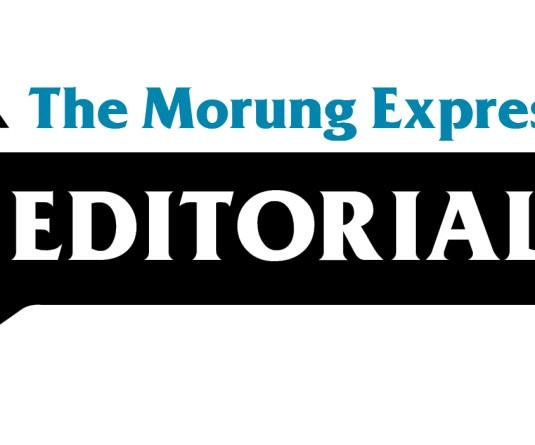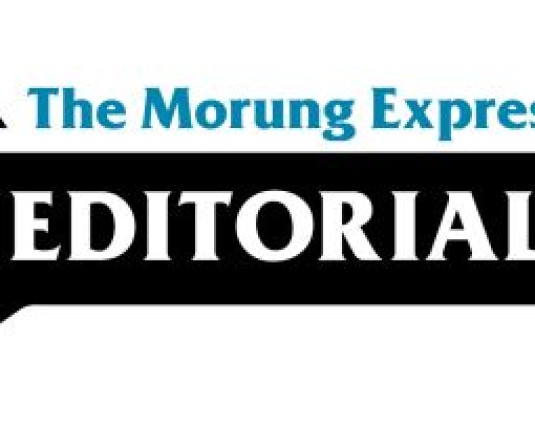
Aheli Moitra
On the evening of April 9, 2014, when Nagaland went to vote for a representative to its lone Lok Sabha seat, those of us working in the press room were confused. Journalists based in Nagaland could not corroborate most of the news from national wires that suggested that Indian democracy had won the race in its North East.
Much before the day of voting was over for the North East region of India, an international news wire had declared that “hundreds of thousands of people in long-winding lines” had voted in the region.
A regional news service repeated the Election Commission of India’s claims that places like Nagaland had seen over 80% of its million-and-more-strong electorate vote. While using words like “impressive” for the alleged voter turnout, the news service claimed, based on (what it seemed like) State reports, that “Long queues formed at polling booths in these mountainous states as voters enthusiastically turned up to cast their ballot.” “Officials” had suggested to them that “conducive weather” had helped voters come out in “huge” numbers to vote in Nagaland while new voters and women were “enthusiastic”.
Only The Telegraph (Calcutta) came close to reporting the side of truth that was reported in the local media. It reported on April 10, 2014, “In Nagaland, the election department registered a high voting percentage of 84.6, although people hardly turned up to vote for the lone Lok Sabha seat. Most of the polling stations in the state capital Kohima remained almost deserted. One of the polling stations was closed around 12 noon as people did not come to vote. Similar reports were received from other districts like Zunheboto, Wokha, Dimapur and Mokokchung.”
Even the elections in ‘Outer Manipur’ were made to look like an exercise in peace— the national news media seemed convinced that fair practice and vast popularity of Indian democracy brought people to the booths. Phone calls from the hills of Manipur painted another picture of armed groups using the Indian electoral process to instate their own candidates—people remained unhappy about the coercion. The Indian Express reported on one facet of this.
None of the fantastic democratic world that the State, and related news agencies painted, was available for local journalists to see. In Nagaland, polling booths remained sparse. In trying to show to the world that India is conducting a successful practice of securing political mandate in its most troubled zones, that people here have great faith in its brand of democracy, the media had forgotten its role within a democracy as its watchdog. In doing this, it not only misled the Indian democracy, but also its people who depend on the media to report on coercive and manipulative practices that they cannot themselves fight. The local media should be appreciated in discarding this trend, and playing a crucial role in plugging such loopholes.
Accolades to the local media could be forwarded to moitramail@yahoo.com





